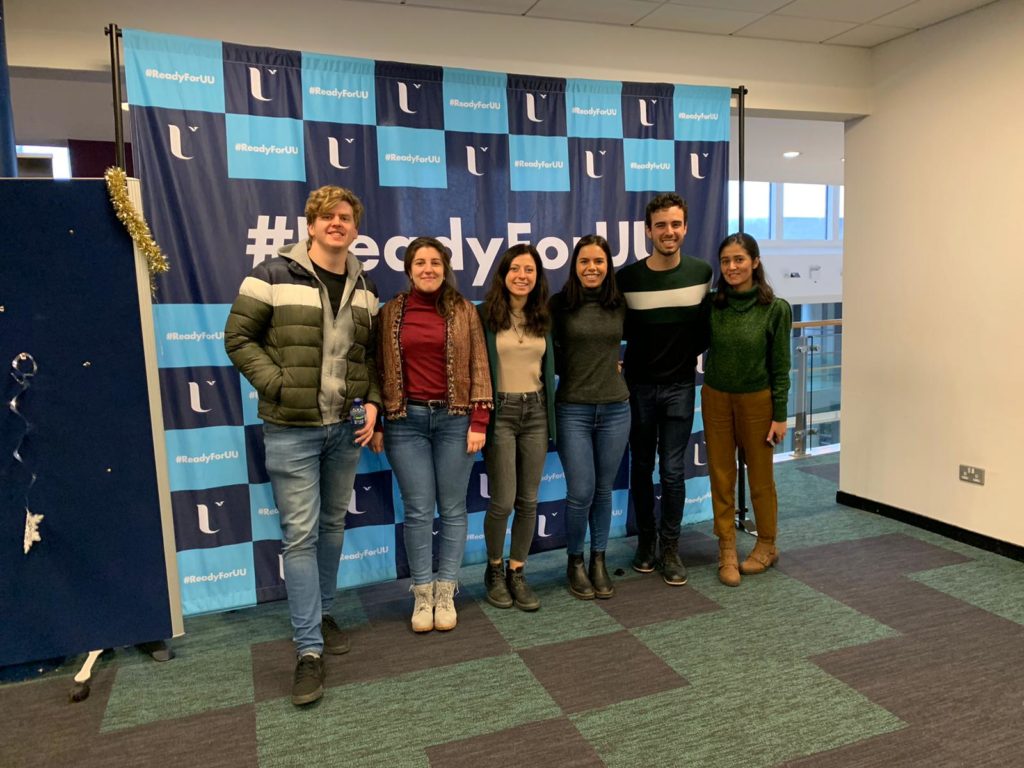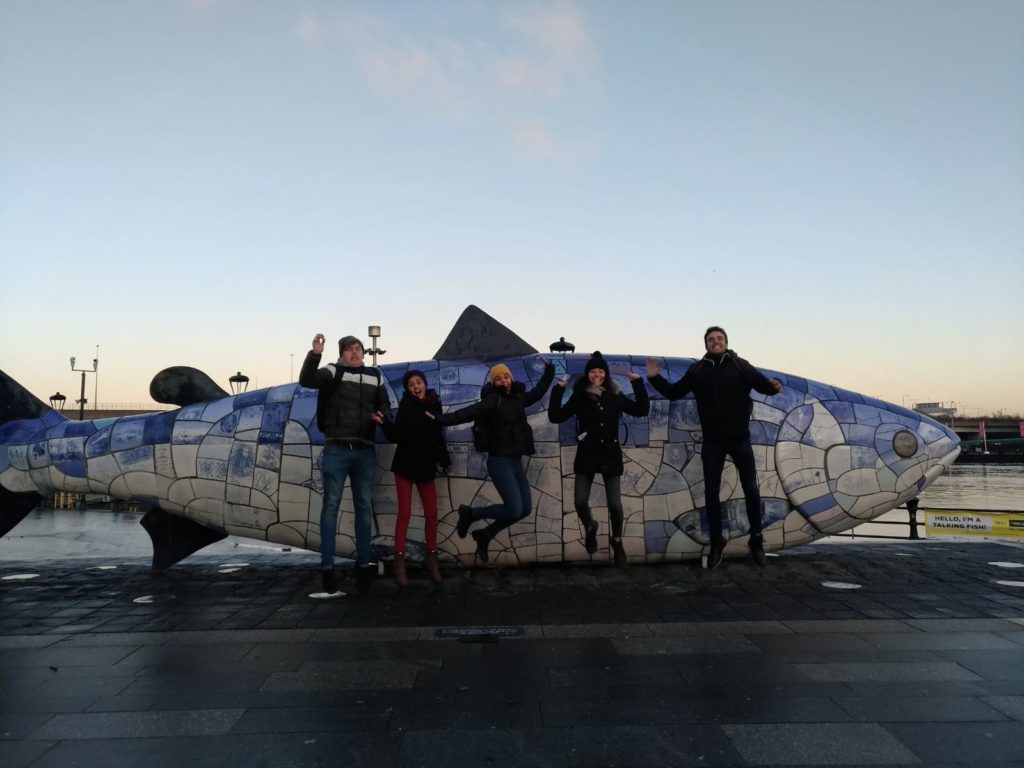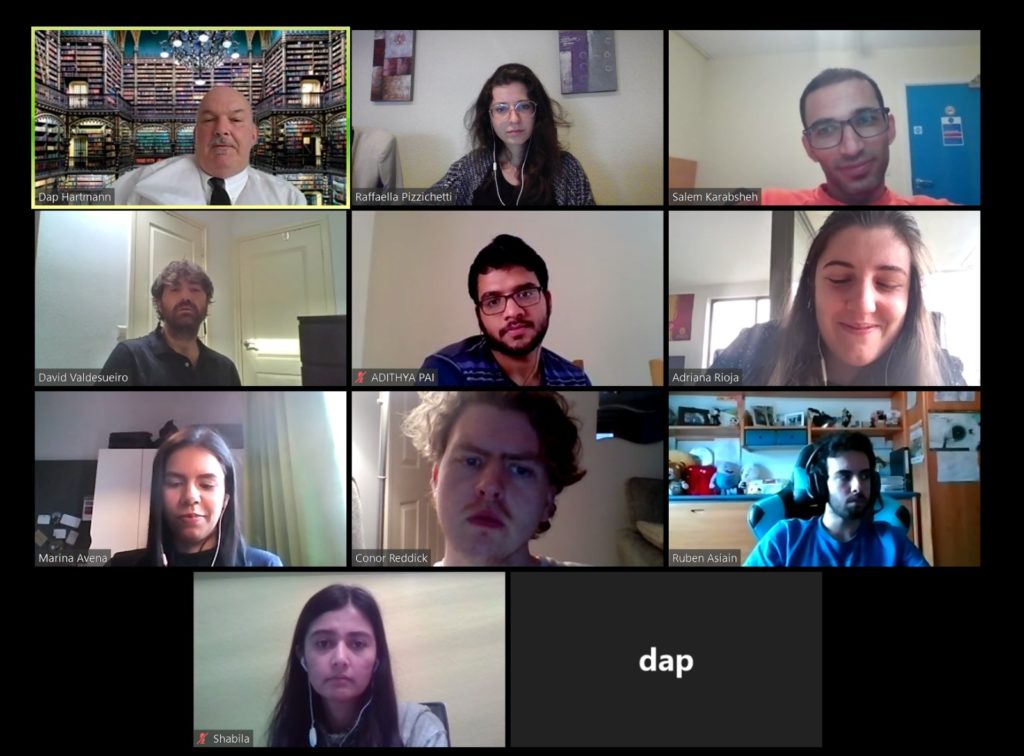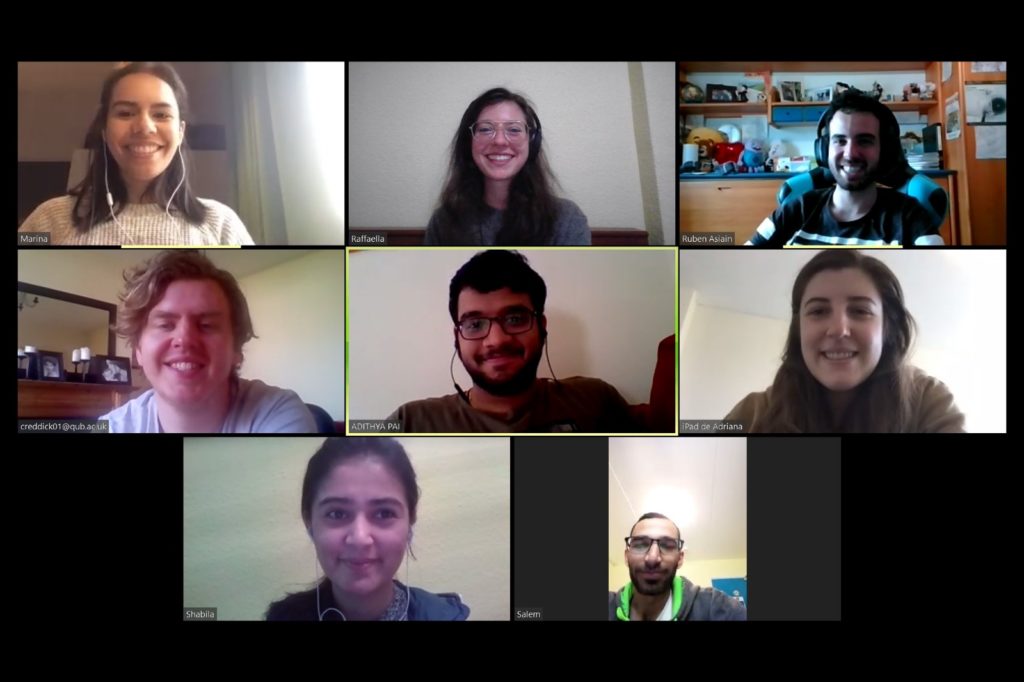
Women in the transition to sustainability and climate resilience
Success of climate actions and policies are highly dependent on the inclusion of women in all sectors, policies and policy making. The EU Gender Equality Strategy and EU Green Deal, highlights the policies that differently impacts men and women. It states, “women and men are not equally affected by green policies tackling climate change (there are less possibilities for women as climate refugees), or the clean transition (there are more women in energy poverty)” [1]. Women play a critical role in building sustainable and resilient communities that can adapt to the changing climate. The following points summarizes the importance of women involvement in achieving sustainability:
- Women are more prone to the climate change impacts due to their socio-economic status. At the same time, they have the knowledge and understanding on adapting to changing physical conditions. Women have demonstrated better leadership in times of natural disasters and crisis.
- Women have unique knowledge and experience that brings perspectives vital to the effectiveness of climate action.
- Women representation in national parliaments have led to adoption of stringent climate change policies, leading to lower emissions [2].
- Women involvement in natural resource management at local level have proven resourceful in improvement of resource governance and conservation [3].
- Women have major role in food production, preparation, and distribution. Their role is food security is vital. Availability of credits to women investors in agriculture would have significant impacts on sustainable food production and lower carbon emissions.
- Women with access to credits and investments in energy sector could be a game changer in transition to green energy. For example, women in Bangladesh have developed wind and flood-resistant housing foundations in their local communities.
- Women have played major roles in environmental movement. Their attitude towards the nature and safeguarding the environment indicates prioritizing natural resource conservation over exploitation for short-term economic gains.
- Women are more associated with natural resources, and they have deeper understanding on solutions related to conserving these resources. For example, in two-third of households in the developing countries, women and girls are responsible for collecting water[4].
References:
[1] A “ glass half full ” : the increasing role of women in the clean energy transition, (2023) 1–6.
[2] A. Mavisakalyan, Y. Tarverdi, Gender and climate change: Do female parliamentarians make difference?, European Journal of Political Economy. 56 (2019) 151–164.
[3] U. Nations, H. Commissioner, H. Rights, Analytical study on gender-responsive climate action for the full and effective enjoyment of the rights of women : report of the Office of the United Nations High Commissioner for Human Rights, 2019.
[4] U.W. United Nations, Gender , Water and Sanitation, (2015) 3–14.
Photo Credit: https://www.activesustainability.com/sustainable-development/women-fighting-against-climate-change/?_adin=02021864894







